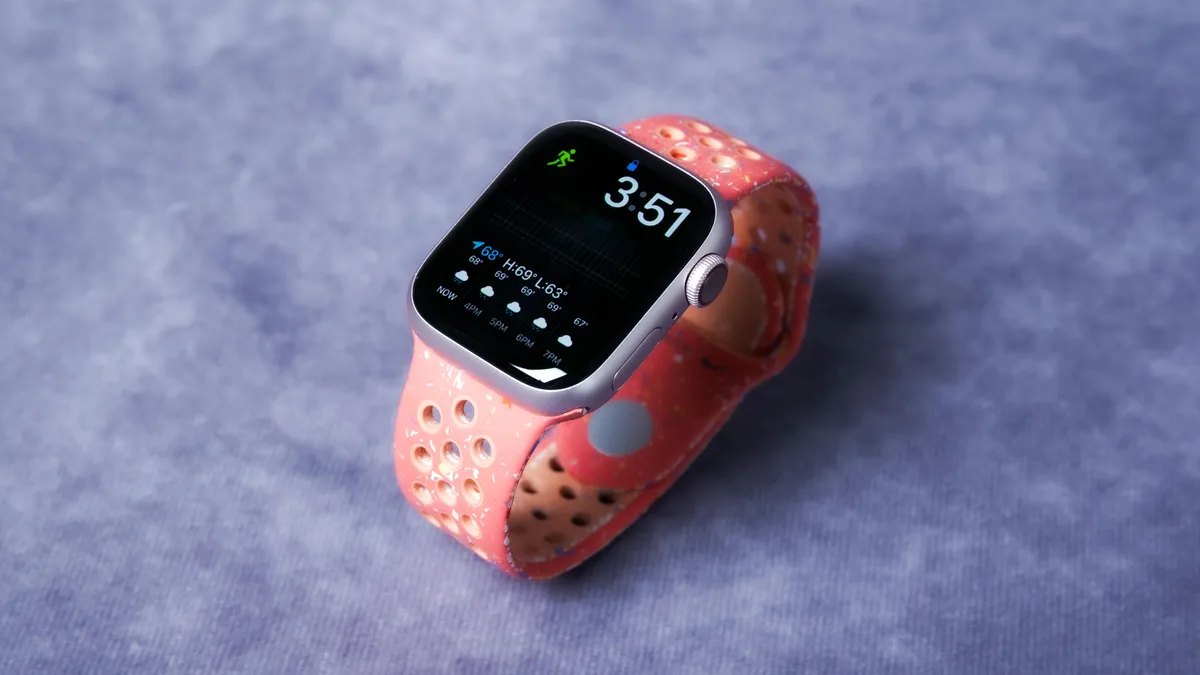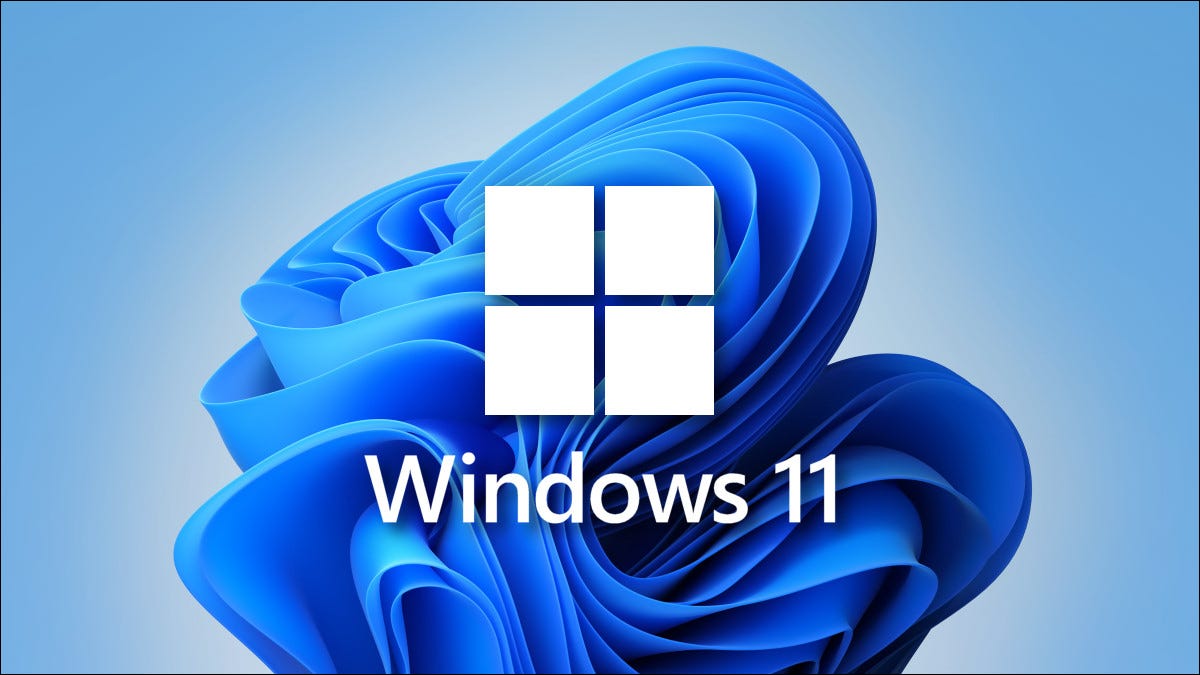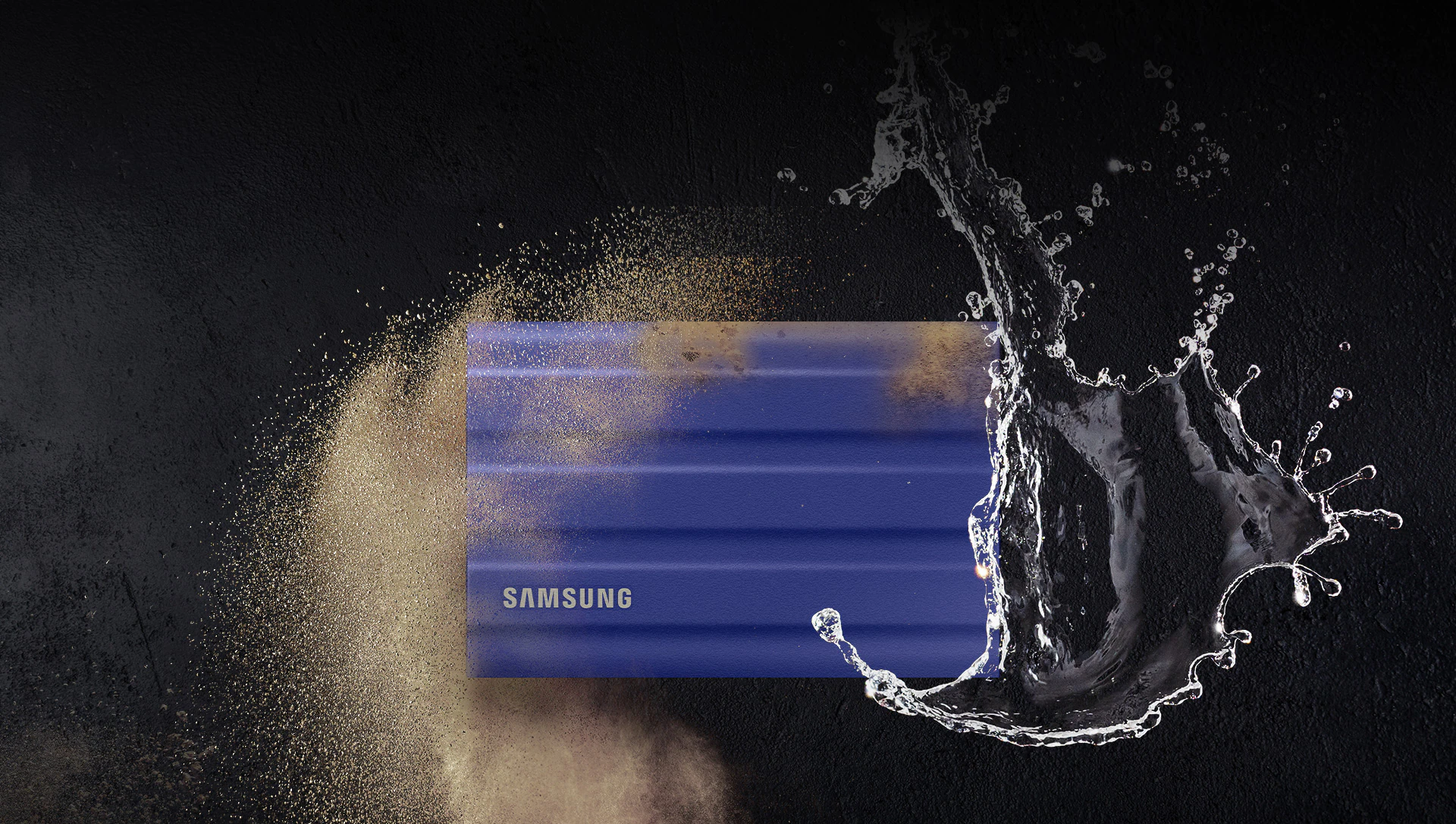If your Apple Watch is several years old, it’s probably time to upgrade.
It can be difficult to know when it’s time to upgrade your Apple Watch. But figuring out the answer comes down to a few questions, such as the age of your watch, your budget and the features that matter to you most.
If you have a Series 4 or earlier, it’s probably worth upgrading. The Series 4 is the last generation eligible for new software updates, meaning you’ll miss out on new features moving forward unless you buy a newer watch. Software aside, Apple has also added plenty of features over the last five years that will make the Series 9 feel like a major upgrade.
All current Apple Watches share many common features, such as access to Apple’s App Store and Apple Pay support. They also all have a speaker and microphone for tasks like accessing Siri and answering phone calls. All watches from the Series 4 and later run on Apple’s WatchOS 10 software, which debuted in September. Safety features like emergency SOS and fall detection are also available on the Series 4 and later, and they can each track your sleep.
Where they differ is in their processors, health-tracking features, sensors and screens. The Series 7, 8 and 9, for example, have larger displays and support keyboard input for responding to texts. Apple introduced blood oxygen monitoring on the Series 6 in 2020, but Apple Watch units sold in the US on or after Jan. 18 won’t have this feature because of a patent dispute. If you’re located in the US and use this feature on your Series 6, 7, 8 or first-generation Ultra, switching to the Series 9 or Ultra 2 will mean giving it up. The Apple Watch SE series also lacks certain health features, such as blood oxygen detection, temperature sensing and the ability to take an ECG, given its lower price.
If you’re thinking about upgrading to the Series 9, here’s a closer look at how it compares to older watches from the last five years. The Ultra and Ultra 2 aren’t covered in this guide because those watches fall in a different price range and are generally targeted at a more specific audience. If you want to learn more about whether the Ultra is right for you, check out our separate guide comparing the Ultra 2 and the Series 9.
Don’t forget to see if you’re eligible for any Apple Watch deals, many of which require you to trade in your old watch, before upgrading.
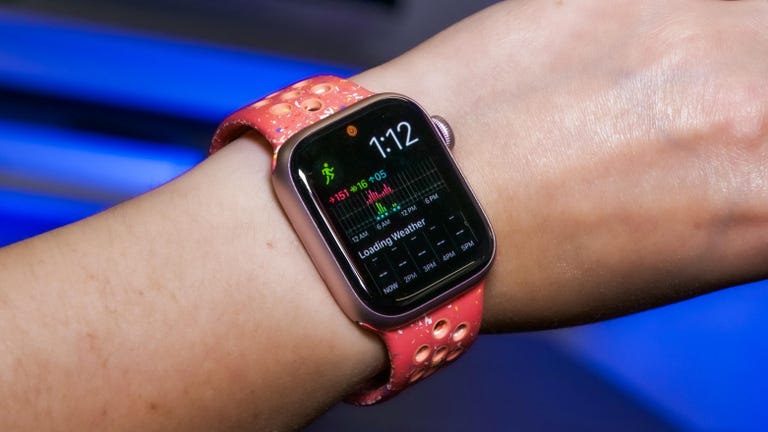
Apple Watch Series 8
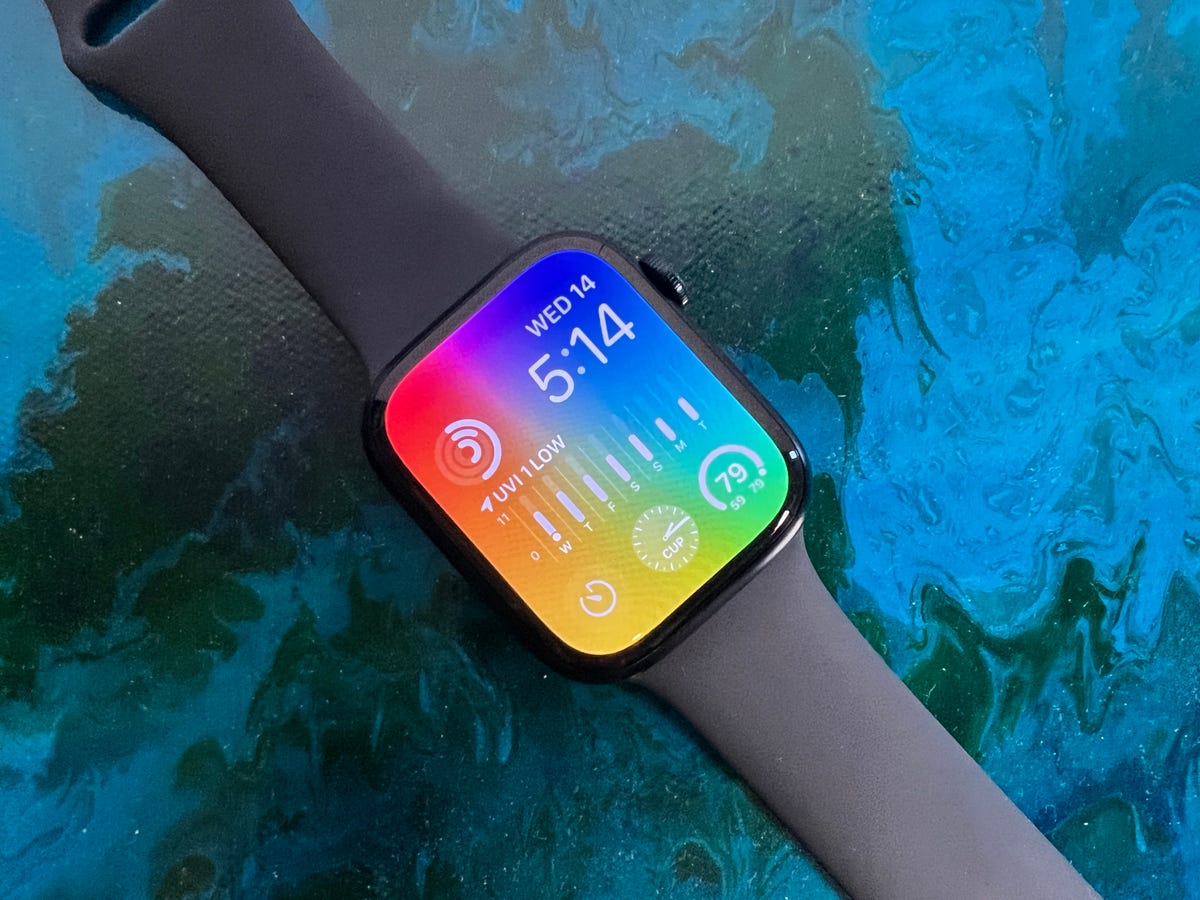
The Apple Watch Series 9 is generally a minor upgrade over the Series 8, so there’s no reason to upgrade yet. The Series 9’s additions include Double Tap, which lets you perform certain actions by tapping your thumb and index finger together, a new processor, faster on-device Siri and the ability to find your iPhone 15 using Apple’s Precision Finding technology. Siri on the Series 9 can also log health data and answer certain health-related questions, such as Activity Ring progress.
These useful features make the Apple Watch more convenient, but they aren’t significant enough to justify an upgrade from the Series 8. The overall experience between the two watches is generally the same, with both devices supporting the same health, wellness and safety features, as well as WatchOS 10.
The bottom line: You may not want to upgrade to the Apple Watch Series 9 if you have a Series 8. Aside from a few new features like Double Tap, the two watches are very similar. Double Tap, on-device Siri and Precision Finding feel more like software optimizations that make the Series 9 easier to use in specific situations rather than upgrade-worthy changes. And if you’re in the US, you’ll lose blood oxygen level readings by upgrading to the Series 9.
Apple Watch SE (2022)
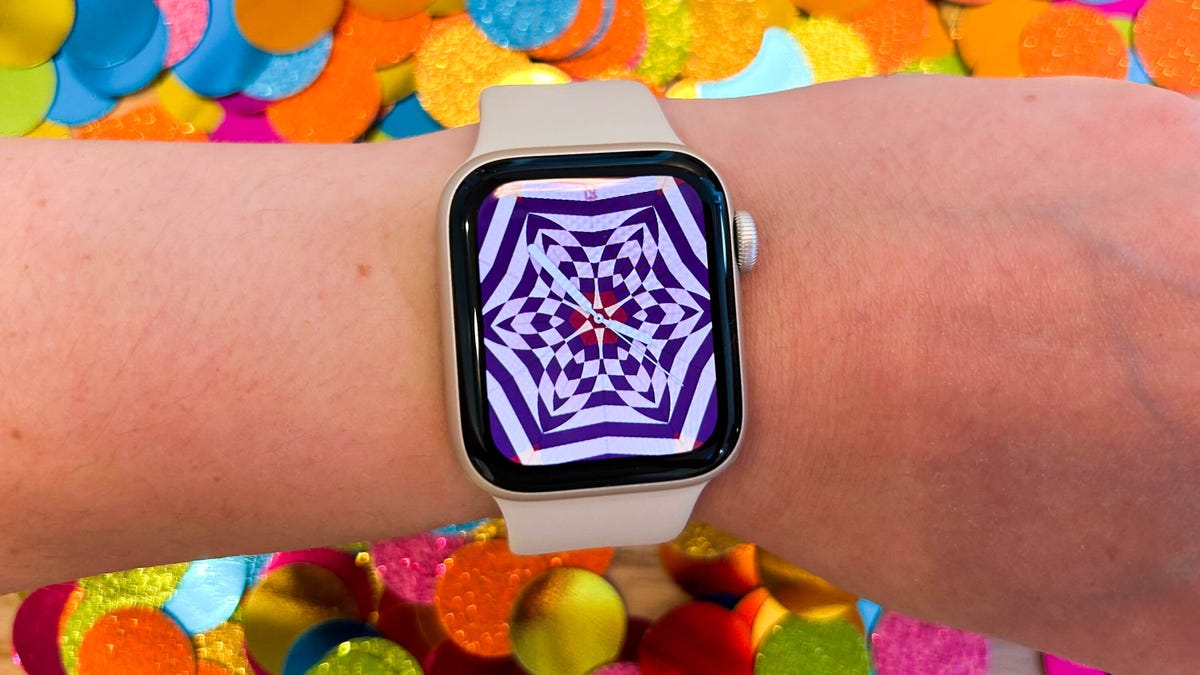
The SE also lacks an always-on display, meaning the watch turns into a black square on your wrist when idle. The Series 9, by comparison, has all of these features plus Double Tap, a larger screen and a faster version of Siri that can process certain questions on the device instead of in the cloud. The SE also lacks ultrawideband, the proximity-sensing tech that improves performance for tasks like sharing content between devices and using your device as a digital car key.
The Apple Watch SE is only about a year and a half old, so it’s far from reaching the end of its life. It’s ideal for those who don’t care about deeper health tracking and just want a watch for seeing phone notifications, tracking daily activity and workouts and seeing the time. If that sounds like you, don’t upgrade to the Series 9.
The bottom line: While there’s plenty that separates the Series 9 from the SE in terms of features and functionality, it’s not worth upgrading yet unless you’re unhappy with the SE. Since the 2022 SE is still relatively new, don’t upgrade to the Series 9 unless you want more health-tracking features like the ability to take an ECG and temperature measurements.
Apple Watch Series 7

The Series 7 still has health and safety staples like ECG monitoring, high and low heart rate notifications, irregular heart rate notifications, fall detection and international emergency calling. Unlike the Apple Watch SE and older flagship watches, it has a screen large enough to fit a QWERTY keyboard and bigger font sizes. You’ll also get many of the other features found in Apple’s newer non-SE watches, such as ultrawideband, blood oxygen measurements (which, as a reminder, is not available on new Series 9 units being sold in the US), an always-on display and faster charging.
The bottom line: The Series 7 still has a lot going for it, so most people can hold off on upgrading. The biggest changes you’ll get with the Series 9 are Double Tap, temperature sensing and car crash detection, and those features aren’t enough to justify an upgrade for most people.
Apple Watch Series 6
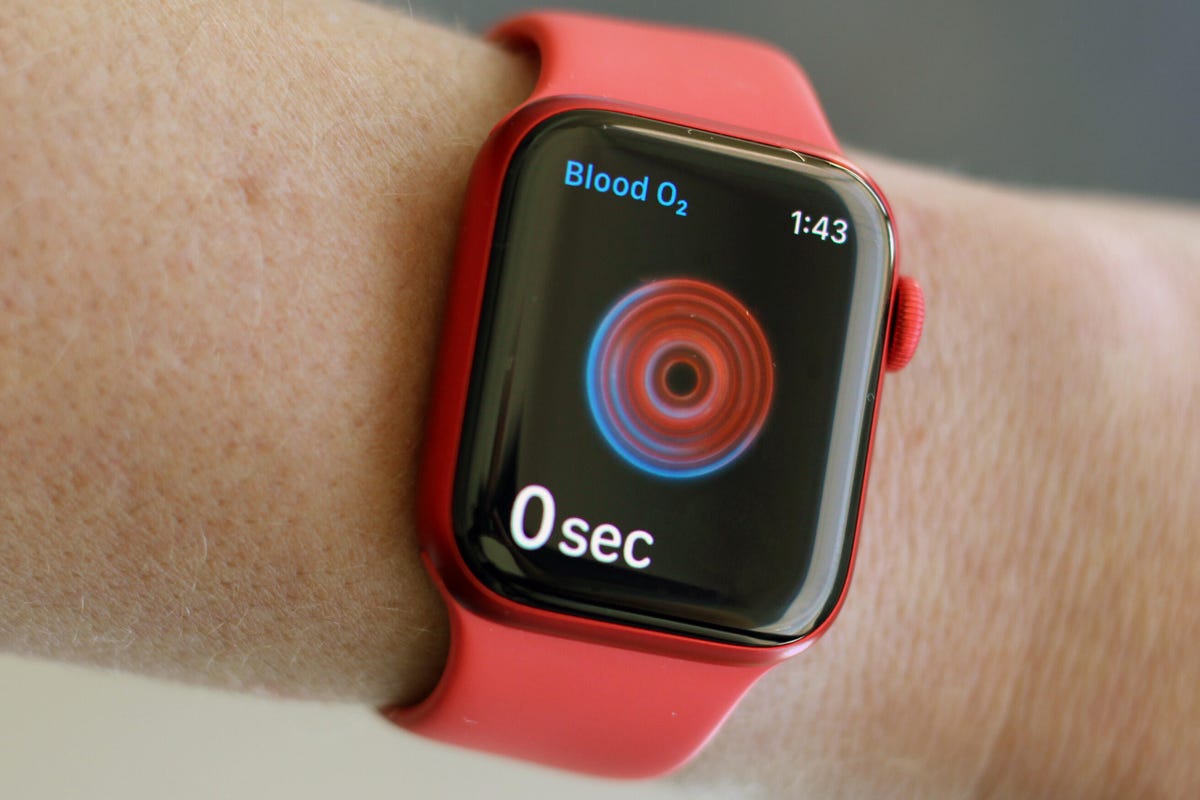
The Apple Watch Series 6 falls in a middle-ground position where you’ll have plenty to gain by upgrading, but you don’t necessarily have to. For example, I was using a Series 6 before I reviewed the Series 9 and found it to be more than sufficient for reading alerts from my phone, tracking activity and using Apple Pay on the go.
Compared to the Series 9, the Series 6 lacks new features like Double Tap and faster Siri, temperature sensing, dust resistance and car crash detection. It also has a smaller screen than the Series 7, 8 and 9, meaning you won’t be able to use an on-screen keyboard for tasks like responding to text messages. Since the Series 6 runs on a processor that’s more than three years old, it may also be starting to feel slow.
The bottom line: There’s enough that’s new in the Series 9 to make it feel like a substantial step up from the Series 6. But if you’re still content with the Series 6, it’s also fine to wait before upgrading your watch. The Series 6 has the Apple Watch’s core health and connectivity features, including extras you won’t find on the 2022 SE like blood oxygen monitoring (for non-US users), an always-on display and ECG functionality. You’ll also likely notice a performance boost when upgrading to the Series 9, in addition to other improvements like a larger screen.
Apple Watch SE (2020)
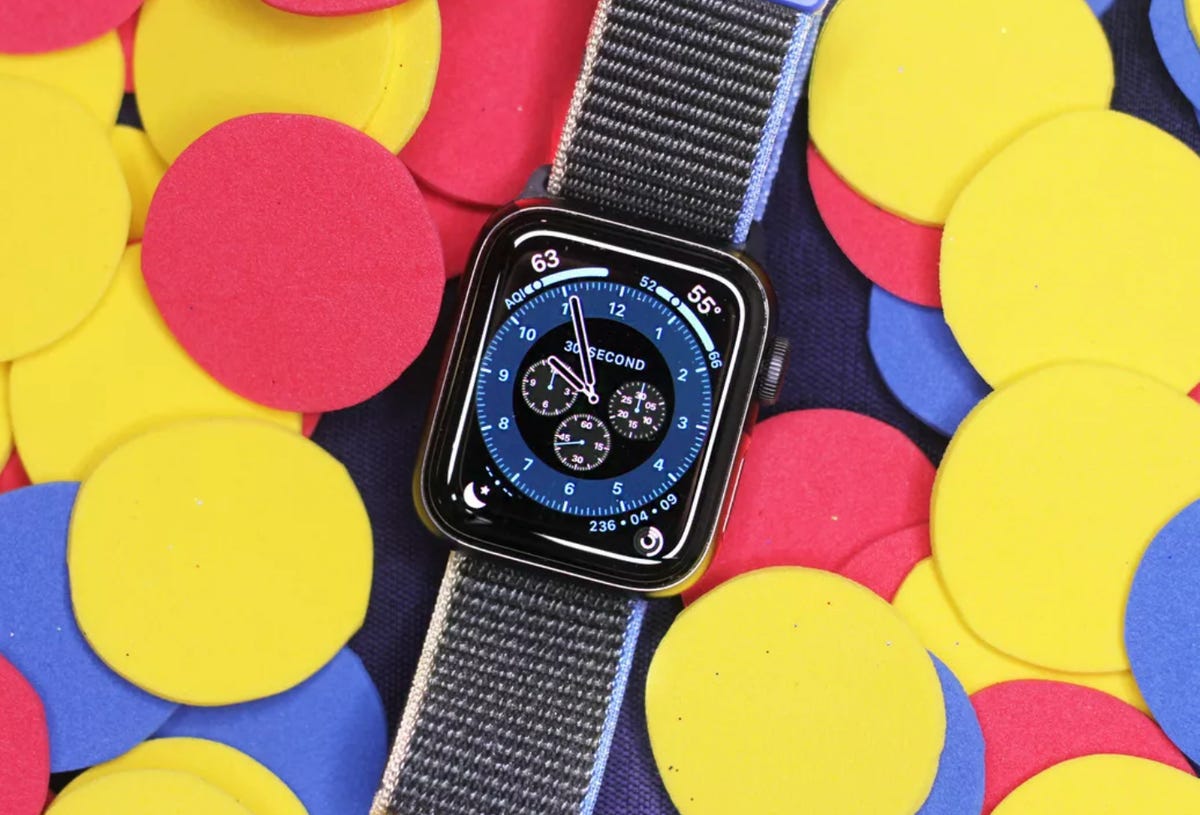
Apple Watch SE owners will have a lot to gain from upgrading to the Series 9. Apple’s newest watch has a larger screen, a processor that’s brand new versus the 202 SE’s 4-year-old chip, more health features like temperature sensing, blood oxygen measurements (for non-US users) and ECG, and an always-on display. That’s not even taking into account features that are new with the Series 9, like Double Tap and faster on-device Siri. The Apple Watch SE does still support software updates and likely will next year, so it’s alright to hold onto it if you’re still happy with it.
The bottom line: If you’re already eyeballing the Series 9 and are wondering whether it’s worth upgrading, there’s plenty that will feel new compared to the 2020 SE. If your SE is just starting to feel slow and low on battery life, you could also consider upgrading to the 2022 SE or last year’s Series 8 to save some cash. The Series 9 is the better choice if you prioritize health features in a smartwatch and want a larger always-on display.
Apple Watch Series 5
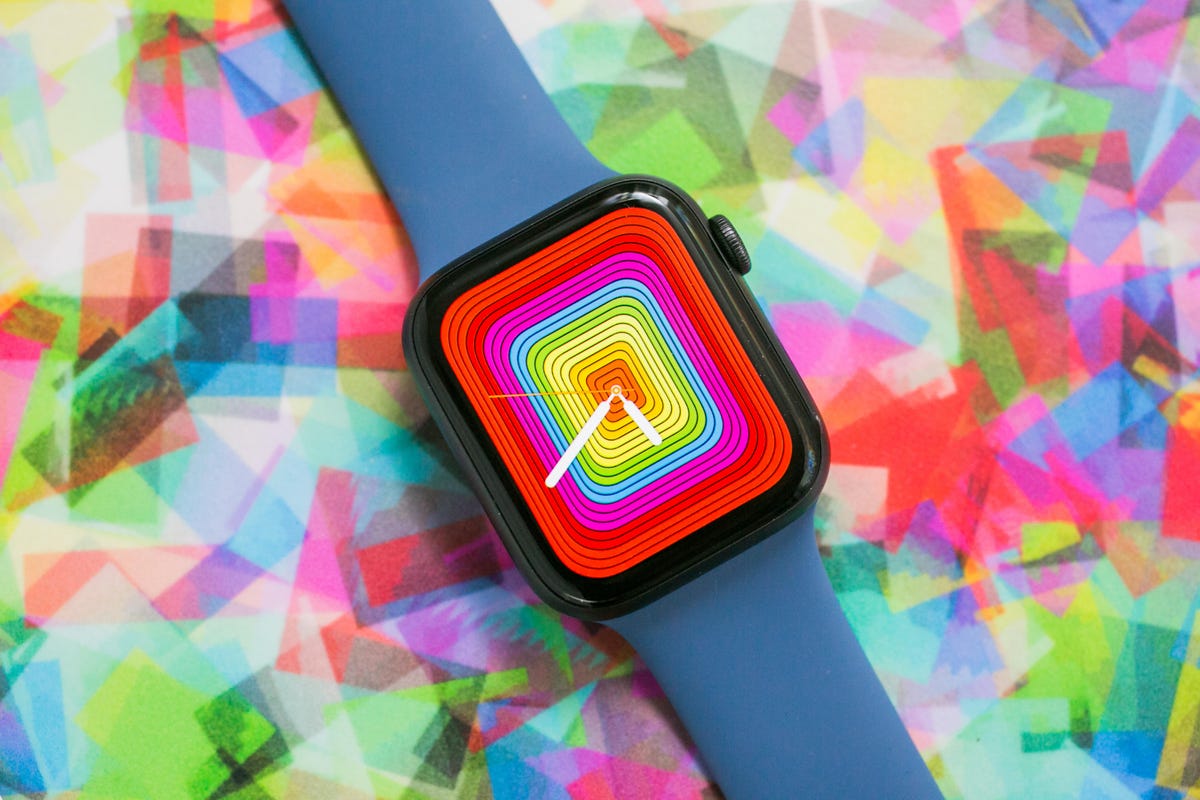
The bottom line: The Apple Watch Series 9 is a worthwhile upgrade over the Series 5. The performance benefits that come with upgrading from a 4-year-old chip will feel substantial, and there are plenty of new features that make the Series 9 feel significantly different. However, if your Series 5 is still working well, you can also afford to wait until next year before upgrading. It still supports new software updates and has more health-tracking functionality than the SE line.
Apple Watch Series 4
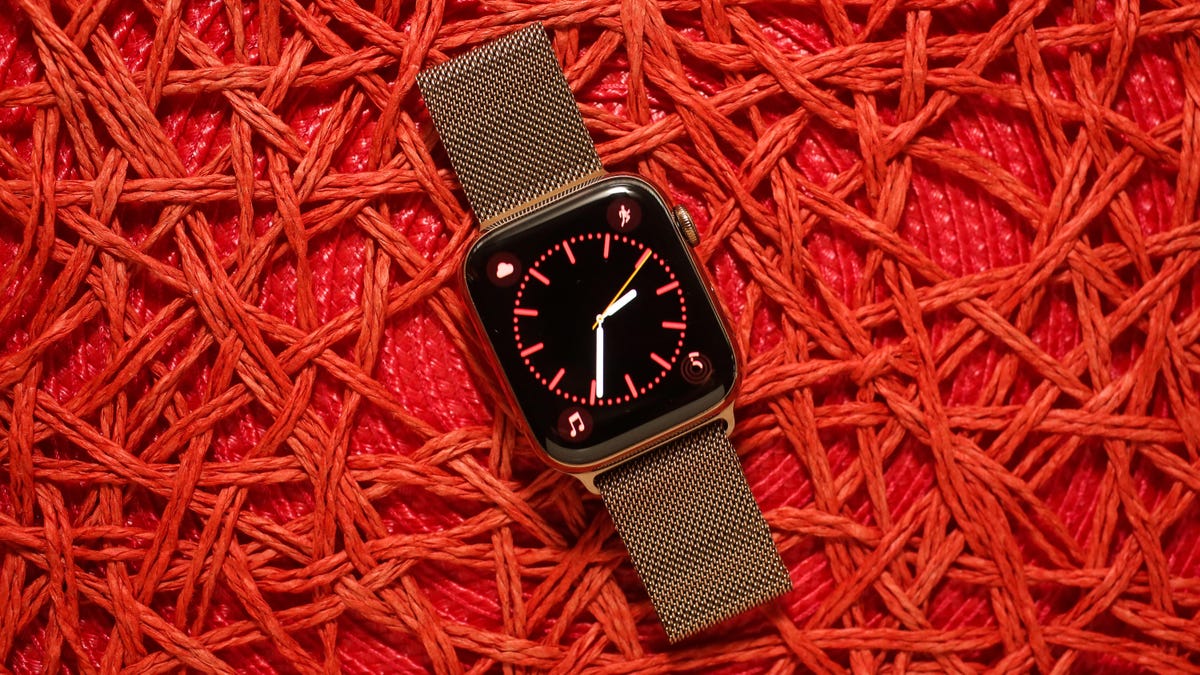
If you have a Series 4 or earlier, it’s worth upgrading. The Series 4 is like the 2020 Apple Watch SE, but with ECG monitoring and an even older chip. The processor in the Series 4 is now five years old, so you’ll notice significant performance improvements by upgrading.
The Series 4 also has a smaller screen, no always-on display and significantly less onboard storage compared to the Series 9. Apple has added a slew of new health, safety and connectivity features to the Apple Watch since the Series 4 debuted in 2018, including new health metrics (i.e. temperature sensing, blood oxygen measurements for non-US users), car crash detection, a compass, faster charging and ultra-wideband.
The Series 4 is also the last generation that supports WatchOS 10, meaning there’s a chance it may not get Apple’s next software upgrade. We won’t know until Apple announces its next major watch update, which typically occurs at its Worldwide Developers Conference in June.
The bottom line: If you have a Series 4 or earlier, it’s time to upgrade. The Series 9 will feel much faster and has a lot more to offer in terms of health tracking and smartphone companion features.
Overall, the Apple Watch Series 9 is a worthwhile upgrade for those coming from an older watch like the Series 4. There’s still plenty to gain if you’re coming from a more recent watch like the Series 6, but its changes will feel most impactful to those with a watch that’s more than three years old.
Apple Watch Series 9 vs. Older Watches
| Apple Watch Series 9 | Apple Watch Series 8 | Apple Watch SE (2022) | Apple Watch Series 7 | Apple Watch Series 6 | Apple Watch SE (2020) | Apple Watch Series 5 | Apple Watch Series 4 | |
| Size options | 41mm or 45mm | 41mm or 45mm | 40mm or 44mm | 41mm or 45mm | 40mm or 44mm | 40mm or 44mm | 40mm or 44mm | 40mm or 44mm |
| Materials | Aluminum or stainless steel | Aluminum or stainless steel | Aluminum | Aluminum, stainless steel or titanium | Aluminum, stainless steel or titanium | Aluminum | Aluminum, stainless steel, titanium, ceramic | Aluminum or stainless steel |
| Processor | S9 | S8 | S8 | S7 | S6 | S5 | S5 | S4 |
| Always-on display | Yes | Yes | No | Yes | Yes | No | Yes | No |
| Cardiac Health | ECG, high and low heart rate notifications, irregular heart rhythm notifications, heart rate | ECG, high and low heart rate notifications, irregular heart rhythm notifications, heart rate | High and low heart rate notifications, irregular heart rhythm notifications, heart rate | ECG, high and low heart rate notifications, irregular heart rhythm notifications, heart rate | ECG, high and low heart rate notifications, irregular heart rhythm notifications, heart rate | High and low heart rate notifications, irregular heart rhythm notifications, heart rate | ECG, high and low heart rate notifications, irregular heart rhythm notifications, heart rate | ECG, high and low heart rate notifications, irregular heart rhythm notifications, heart rate |
| Other Health Tracking Features | Temperature sensing, Sleep tracking with sleep stages, blood oxygen measurements | Temperature sensing, Sleep tracking with sleep stages, blood oxygen measurements | Sleep tracking with sleep stages | Sleep tracking with sleep stages, blood oxygen measurements | Sleep tracking with sleep stages, blood oxygen measurements | Sleep tracking with sleep stages | Sleep tracking with sleep stages | Sleep tracking with sleep stages |
| Durability | Water resistant to 50 meters and dust resistant | Water resistant to 50 meters and dust resistant | Water resistant to 50 meters | Water resistant to 50 meters and dust resistant | Water resistant to 50 meters | Water resistant to 50 meters | Water resistant to 50 meters | Water resistant to 50 meters |
| Sensors | GPS, compass, always-on altimeter | GPS, compass, always-on altimeter | GPS, compass, always-on altimeter | GPS, compass, always-on altimeter | GPS, compass, always-on altimeter | GPS, compass, always-on altimeter | GPS, compass and barometric altimeter | GPS and barometric altimeter |
| Safety Features | International emergency calling, Emergency SOS, Crash Detection, Fall Detection | International emergency calling, Emergency SOS, Crash Detection, Fall Detection | International emergency calling, Emergency SOS, Crash Detection, Fall Detection | International emergency calling, Emergency SOS, Fall Detection | International emergency calling, Emergency SOS, Fall Detection | International emergency calling, Emergency SOS, Fall Detection | International emergency calling, Emergency SOS, Fall Detection | Emergency SOS, Fall Detection |
| Storage | 64GB | 32GB | 32GB | 32GB | 32GB | 32GB | 32GB | 16GB |
| Cellular option | Yes | Yes | Yes | Yes | Yes | Yes | Yes | Yes |
| Battery Life | Up to 18 hours | Up to 18 hours | Up to 18 hours | Up to 18 hours | Up to 18 hours | Up to 18 hours | Up to 18 hours | Up to 18 hours |
| Special Features | Double Tap, Precision Finding for iPhone 15 via second-gen ultra wideband chip, On-device Siri, QWERTY keyboard, fast charging, Apple Pay, workout app with 20 exercise types | QWERTY keyboard, fast charging, ultra wideband, Siri, Apple Pay, workout app with 20 exercise types | Siri, Apple Pay, workout app with 20 exercise types | QWERTY keyboard, fast charging, ultra wideband, Siri, Apple Pay, workout app with 20 exercise types | Ultra wideband, Siri, Apple Pay, workout app with 20 exercise types | Siri, Apple Pay, workout app with 20 exercise types |

